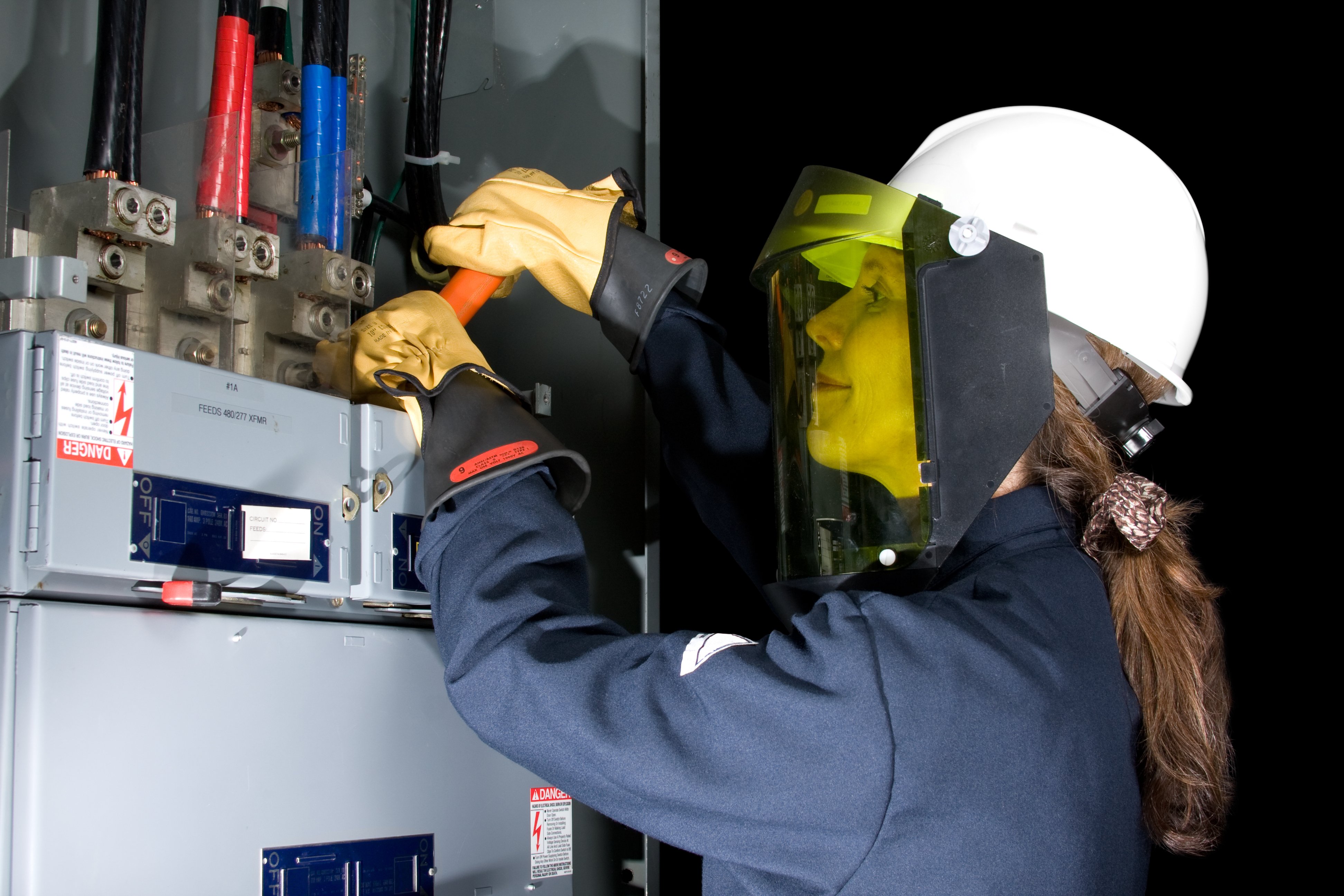An electrical explosion is not a new threat, but it is becoming more widely acknowledged now than ever before. The problem is that by the time it pops up on your company’s agenda, your staff may already be at risk, or may have been at risk for years.
More frequently we are seeing that organisations are having to do entire kit roll-outs across whole companies because Arc Flash protection is something they had never considered until they had to. By this time, they realised they needed to get their operatives in the correct kit as fast as they could.
LION has been supplying PPE and Safety Workwear for over 30 years, specifically flame retardant workwear with elements of arc flash for 15 years. LION focussed on protective clothing for arc flash hazards for the last 6 years of that period and our experience of supplying personal protective equipment PPE in this area successfully makes us experts in our field when it comes to helping you find the best-fit PPE for your teams.
Does your team need safety protection for high voltage? Read on to find out whether your workers require Arc Flash protection.
What is an arc flash?
It is an electrical event that occurs when an electrical discharge from electrical equipment travels through the air, releasing an intense burst of energy. The electricity travels through the air, or arcs because there is a break or gap in its pathway (wires, cables, etc).
The electrical charge flows in one direction and when there is a break in the path, it continues through the air so that it can continue to travel; it can’t stop or flow backwards. The electric discharge could arc for many reasons, such as voltage spikes, worn connections, cable strikes, and gaps in insulation.
What happens in an electrical arc incident?
During an arc event, electrical discharge moves through the air, releasing a burst of energy. Arc flash can reach more than 19,000 degrees C which can vaporise anything close to it and seriously degree burn skin and clothing within 6 meters in less than a second.
Arc Flashes can create an explosive pressure wave that throws workers across the room with a sound blast that will rupture eardrums. The bright flash of an arc event can cause temporary and permanent blindness.
What are the risks of an arc flash?
Arc incidents can be fatal if operatives are not properly protected and respect arc flash boundaries. According to Scottish Enterprise Research Service between 2021 and 2022 HSE reported 9 fatal injuries in the UK. PPE and safety workwear are the last lines of defense between operatives and horrific, fatal burns. It is crucial that you comply with safety standards to protect yourself or your team from any arc blast.
Who is at risk of an arc flash event?
Often, people associate the risk of Arc Flash incidents with the Industrial Electrical sector where operatives are in direct contact with both high and low-voltage electricity. However, one of the most common causes of incident energy is a cable strike, which can happen to any operative who is breaking ground or working on or near underground services (guidance available under HSG47).
What industries could be affected by Arc Flash
Workers in power generation, rail, and petrochemical industries, and any person who will be breaking ground or working on underground services are at risk of an Arc Flash as they are working close to electrical systems.
What is the HSG47 guidance for underground services?
HSG47 is a set of guidelines that outline the potential dangers of working near underground services, referencing that an individual may need specific or specialist PPE and equipment in environments mentioned in the guidance. The guidance advises how to reduce risks to health and safety to avoid injury or death and gives good insight into the areas where your operatives need Arc Flash protection.
What practices does HSG47 affect?
-
HSG47 should be applied to:
- Street works
- Road works
- Excavation, drilling, and piling
- Demolition and site remediation
- Site investigation surveys
- Construction groundworks
- Any other work that involved penetrating the ground at or below surface level
- Street works
Find out more about the HSG47 guidance, and check what are the dangers of no-compliance.
My workers have Flame Resistant Clothing, is this enough?
If your workers are exposed to an Arc Flash and do not have arc-rated protection, they are not protected from an Arc Flash. That is because flame resistance is measured by 2 standards:
- EN ISO 11612:2015
- EN ISO 14116:2015.
Neither of these standards deals with sustained exposure to heat and flame, which are the two key components of an arc event: intense heat and flame.
Arc-rated garments are, by default, flame resistant, so it is often advisable that if you identify a risk of Arc Flash to your workers and know they need FR garments anyway, upgrade them to a garment that provides arc protection as well.
It is important to remember here that the PPE on your operatives’ back is the last thing that can protect them from an incident; if that incident is an Arc Flash and they are only covered with FR clothing, their kit is essentially useless, as it will not protect them here.
If there is no risk of an Arc Flash, your workers do not require arc protection, and FR garments are suitable.
My workers work in a low-voltage/low-risk environment, do they still need arc protection?
An Arc Flash can occur even in low-voltage installations like
- Power supply equipment in commercial buildings,
- Factories, and
- Data centres.
The risk of injury can be greater here due to a lack of training in Arc Flash protection which leads to operatives being more exposed than an operative who works with Arc Flash risks regularly.
Even in a low voltage environment, where transformers and system impedances are seen to minimise the risk of an Arc Flash, short circuit fault currents can still be produced by small distribution transformers and therefore still pose a real risk to operatives.
This goes for other industries, such as construction, which may think that because their workers are not supposed to encounter an Arc Flash in their work, they won’t encounter one. This is not true. Arc events can happen in any industry if the key components are there. This is why Arc Flash protection is not limited to any one industry.
If you have identified any risk of an Arc Flash, your workers should have Arc Flash protection.
What else should I know about Arc Flash and Arc Flash protection?
Arc Flash is a big topic, with few resources. We know it can be hard to find information that is relevant to you and what protection you need to have.
Here are three articles you should read next :
- Not sure if HSG47 applies to you or what to make of the guidelines? Read our article What is the HSG47 Guidance for Underground Services to find out more about what HSG47 entails.
- If you’re weighing up inherent and treated fabrics to make a decision on what type of Arc Flash material is better suited to your company, this article is for you: What is the difference between inherent and treated flame retardant fabrics?
- Don’t know where to start with Arc Flash protection? You’re not alone, check out How to Choose the Right Arc Flash PPE which covers the top considerations you should think about when you are going to buy Arc Flash PPE.
Want to talk to an expert about Arc Flash Protection options? Book a call with our Director of Business Development today!

